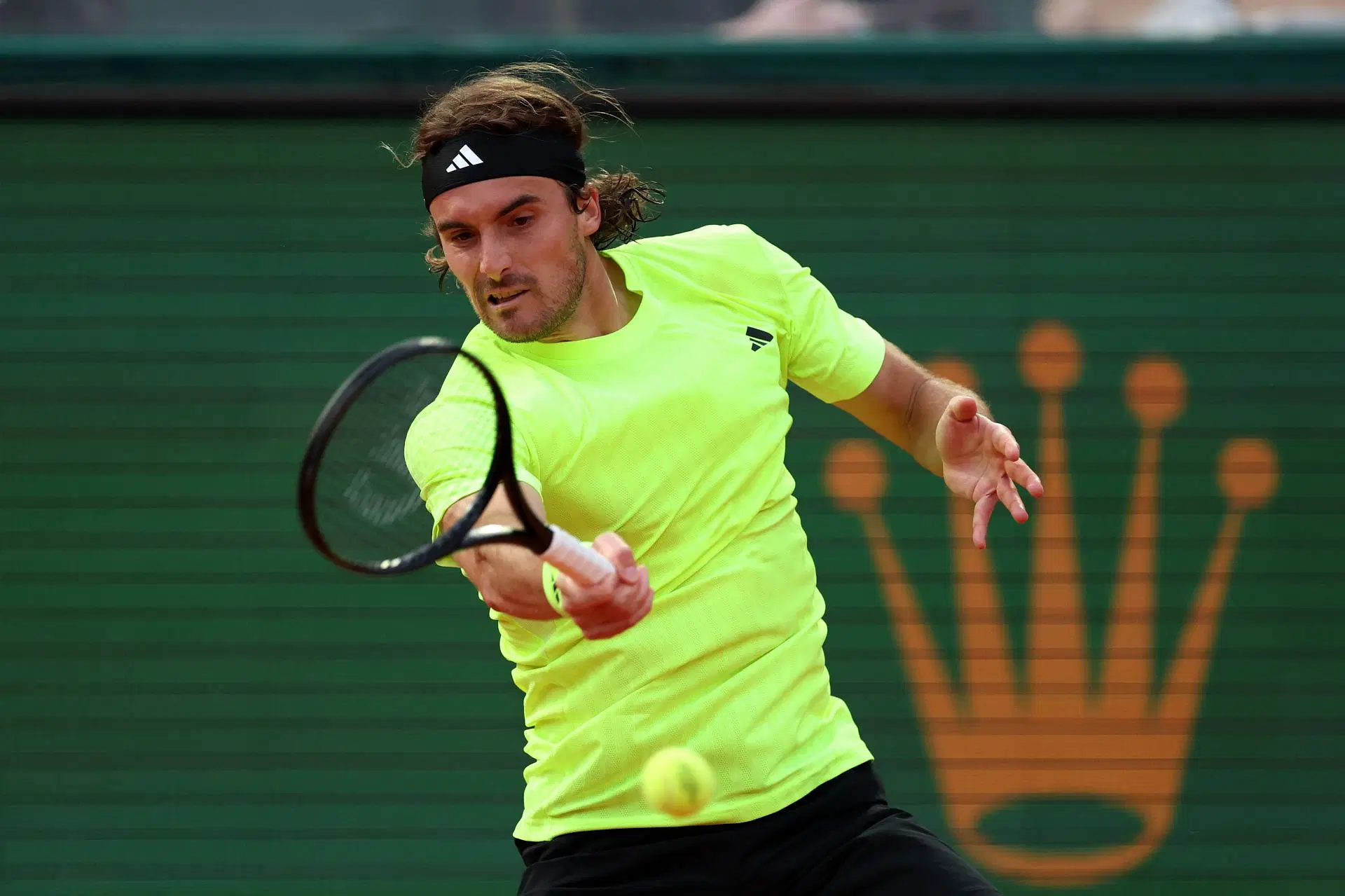
The clay courts of Monte Carlo, where Stefanos Tsitsipas has so often woven magic, turned into a crucible of disappointment this week. The 26-year-old Greek, a three-time champion at the Rolex Monte-Carlo Masters, arrived in 2025 with hopes of etching his name deeper into the tournament’s storied history. Instead, a quarterfinal loss to Lorenzo Musetti—a stinging 1-6, 6-3, 6-4 defeat—halted his quest for a fourth title. “I just feel like I could have done way more today,” Tsitsipas admitted, his voice heavy with frustration. “I missed forehands I never miss.” Now, as he grapples with the emotional fallout, Tsitsipas has turned to the opulent embrace of Monaco’s luxury scene to heal, seeking solace in the principality’s gilded comforts while preparing for the clay season ahead.
Tsitsipas’s Monte-Carlo campaign began with promise. A hard-fought comeback against Jordan Thompson (4-6, 6-4, 6-2) showed his grit, and a 6-1, 6-1 rout of Nuno Borges in the round of 16 reaffirmed his clay-court prowess. “Most games were really close,” he said after the Borges match, downplaying the lopsided score. “There was a lot more than the score shows.” With 22 wins in 25 matches at the event since 2019, he seemed poised to chase Rafael Nadal’s record of 11 titles. But Musetti, the 23-year-old Italian, flipped the script. Tsitsipas stormed through the first set, but his serve faltered—landing just 49 percent of first serves in the final two sets—and his forehand, usually a weapon, betrayed him with 23 of his 45 unforced errors. “The serve definitely was the thing that was missing,” he lamented, pinpointing a double fault at 3-3 in the decider that handed Musetti the break. For the first time in six meetings, Musetti claimed victory, leaving Tsitsipas to confront a rare Monte-Carlo exit.
The defeat stung deeply, not just for the loss of 1,000 ranking points but for what Monte-Carlo means to Tsitsipas. “I want to create way more memories on this court,” he’d said earlier, dreaming of adding to his 2021, 2022, and 2024 triumphs. Now, staring at a potential drop from No. 8 to No. 16 in the rankings, he’s retreated into Monaco’s lavish offerings to recalibrate. Known for its glitz, the principality provides the perfect backdrop for recovery. Tsitsipas, who first fell in love with Monte-Carlo as a child awestruck by its seafront courts, has been spotted unwinding at exclusive venues like the Monte-Carlo Bay Hotel & Resort, where holistic spa treatments promise renewal. “It’s an exceptional place where anything is possible,” he once said of Monaco, and now he’s leaning into that promise—dining at Michelin-starred restaurants, strolling the yacht-lined marina, and soaking in the Mediterranean’s serenity to clear his mind.
This isn’t just about indulgence; it’s about resilience. Tsitsipas’s 2025 season, bolstered by a Dubai ATP 500 title, has shown flashes of his best—13 wins in 20 matches before Monte-Carlo. Yet, inconsistency has plagued him, with early exits in Miami and Indian Wells. The Musetti loss, where he admitted, “I was actually quite surprised to see those forehands go out or to the net,” exposed technical cracks he’ll address before Barcelona, where he’s reached the final four times. “I’m taking it match by match,” he said, a mantra he’ll carry to the ATP 500 event, facing Argentina’s Francisco Cerundolo next. Off the court, a reunion with his father, Apostolos, in his coaching box hints at personal healing, too, after a public fallout last year. “I had to go out there and show my tennis,” he’d said of his Monte-Carlo mindset, a vow he’ll renew.
As Tsitsipas prepares for the clay swing—Madrid, Rome, Roland Garros—Monaco’s luxury is a temporary balm. His 50 clay-court Masters 1000 wins, 22 in Monte-Carlo alone, prove his pedigree. “I know I have scored good wins here and played some good tennis,” he reflected, eyes already on redemption. For now, the principality’s splendor offers a reset, but Tsitsipas’s heart burns for the courts. This heartbreak, like Monaco’s glittering nights, is fleeting—he’s chasing history, one forehand at a time.
Leave a Reply